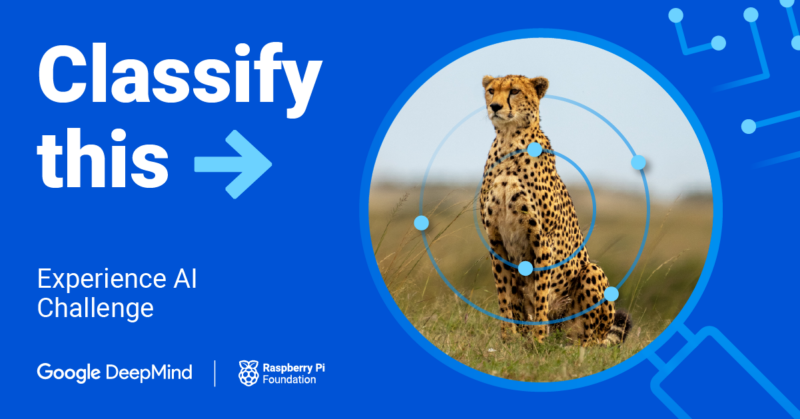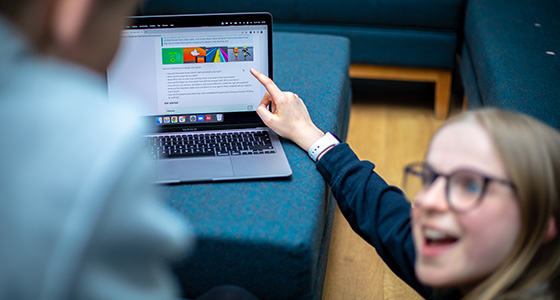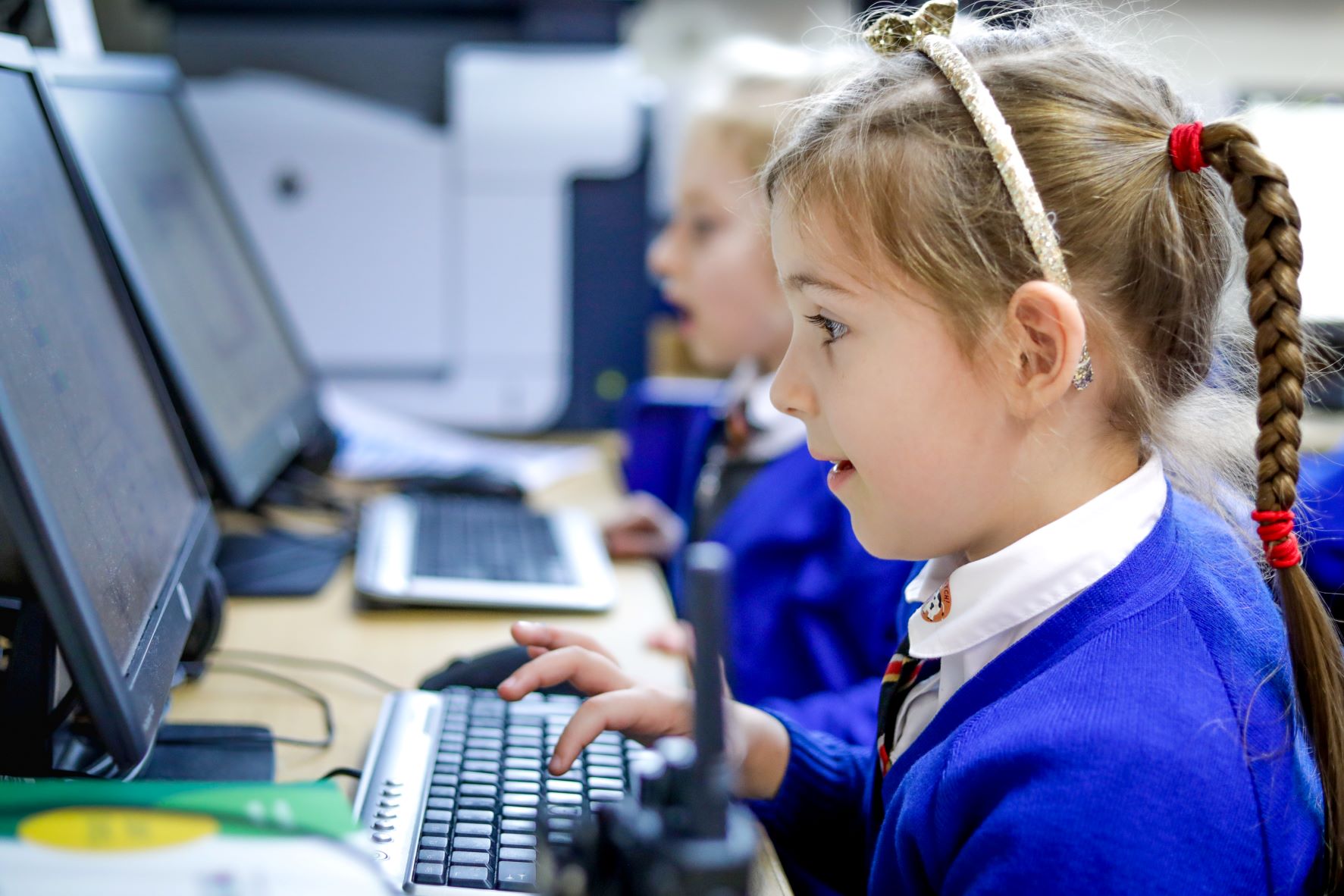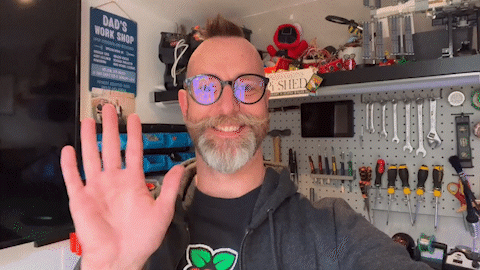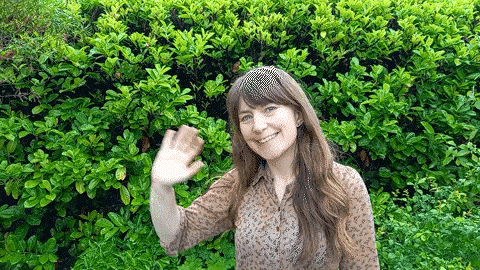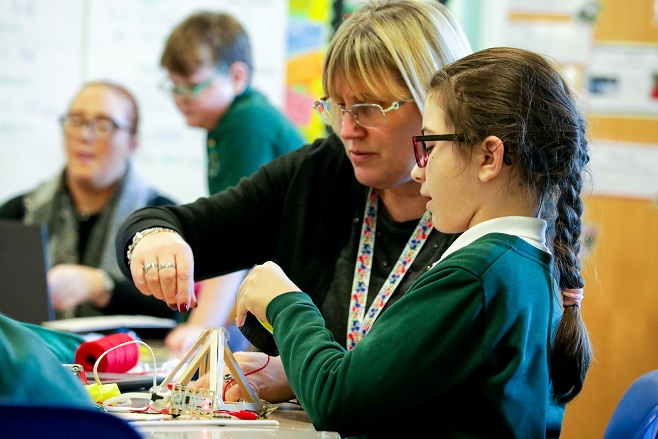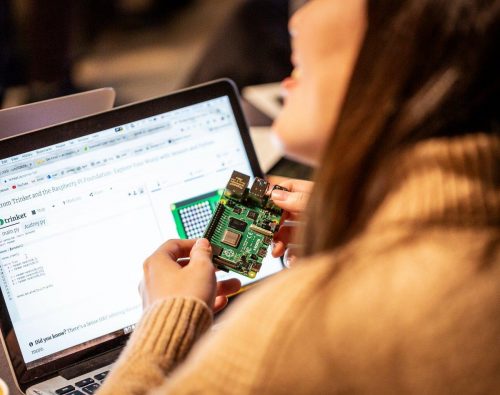Post Syndicated from Dan Fisher original https://www.raspberrypi.org/blog/careers-in-computer-science-two-perspectives/
As educators, it’s important that we showcase the wide range of career opportunities available in the field of computing, not only to inspire learners, but also to help them feel sure they’re choosing to study a subject that is useful for their future. For example, a survey from the BBC in September 2023 found that more than a quarter of UK teenagers often feel anxious, with “exams and school life” among the main causes. To help young people chart their career paths, we recently hosted two live webinars for National Careers Week in the UK.

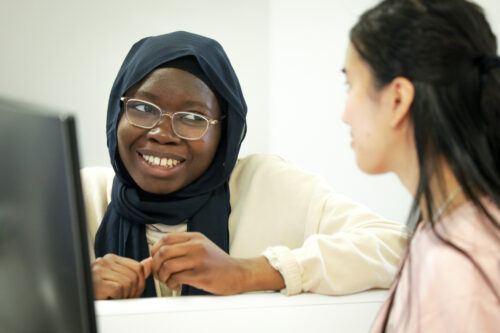
Our goal for the webinars was to highlight the breadth of careers within computing and to provide insights from professionals who are pursuing their own diverse and rewarding paths. Each webinar featured engaging discussions and an interactive Q&A session with learners who use our Ada Computer Science platform. The learners could ask their own questions to get firsthand knowledge and perspectives from our guest speakers.
Our guest speakers
Jess Van Brummelen is a Human–Computer Interaction Research Scientist at Niantic, the video games company behind augmented reality game Pokémon Go. After developing an interest in programming during her undergraduate degree in mechanical engineering, she went on to complete a Master’s degree and PhD in computer science at MIT.
Ashley Edwards is a Senior Research Scientist at Google DeepMind, working on reinforcement learning. She received her PhD in 2019 from Georgia Tech, spent time as an intern at Google Brain, and worked as a research scientist at Uber AI Labs.
You can read extracts from our interviews with Jess and Ashley and watch the full videos below. Teachers have contacted us to say they’ll be using the webinars for careers-focused sessions with their students. We hope you will do the same!
Please note that we have edited the extracts below to add clarity.
Jess Van Brummelen

Hi Jess. What advice would you give to a student who is thinking about a career in human–computer interaction in the gaming industry?
In terms of HCI and gaming, I’d actually recommend that you keep gaming! It’s a small part of my job but it’s really important to understand what’s fun and enjoyable in games. Not only that; gaming can be great for learning to problem-solve — there’s been all sorts of research on the positive impact of gaming.
A second thing, going back to how I felt in my mechanical engineering classes, I really felt like an ‘other’ and not someone who is the standard computer scientist or engineer. I would encourage students to pursue their dreams anyway because it’s so important to have diversity in these types of careers, especially technology, because it goes out to so many different people and it can really affect society. It’s really important that the people who make it come from many different backgrounds and cultures so we can create technology that is better for everyone.
[From Owen, a student on the livestream] What’s the most impossible idea you’ve come up with while working at Niantic?
I’m currently publishing a paper addressing the question, ‘Can we guide people without using anything visual on their phone?’ That means using audio and haptic (technology that transmits information via touch, e.g. vibrations) prompts instead. We tried out different commands where the phone said ‘turn left’ and ‘turn right’, but we really wanted to test how to guide someone more specifically in a game environment. For example, if there was a hidden object on a wall in a game that a person couldn’t see, could we guide them to that object while they’re walking? So I ran a study where I guided people to scan a statue by moving around it. Scanning is the process of using the camera on your phone to scan an object in real life, which is then reconstructed on your phone. Scanning objects can trigger other augmented reality experiences within a game. For example, you might scan a real-life box in a room and this might trigger an animation of that box opening to reveal a secret within the game. We tested a lot of different things. For example, test subjects listened to music as they were walking and when they were on the right path, the music sounded really good. But when they were off the path, it sounded terrible. So it helped them to look for the right path. Then if you were pointing the phone in the wrong direction for scanning objects, you would get warning vibrations on the phone. So we did the study and we were hoping it would improve safety. It turns out it was neutral on improving safety — I think this is because it was such a novel system. People weren’t used to using it and still bumped into things! But it did make people better at scanning the objects, which was interesting.
Watch Jess’s full interview:
Ashley Edwards
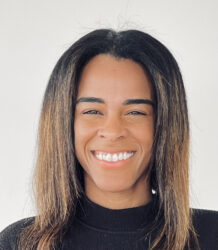
Hi Ashley. Is there something you studied in school that you found to be more useful now than you ever thought it would be?
Maths! I always enjoyed doing maths, but I didn’t realise I would need it as a computer scientist. You see it popping up all the time, especially in machine learning. Having a strong knowledge of calculus and linear algebra is really helpful.
How do you train an AI model using machine learning?
You start by asking the question, ‘What is the problem I’m trying to solve?’ Then typically you need input data and the outputs you want to achieve, so you ask two more questions, ‘What data do I want to come in?’ and ‘What do I want to come out?’ Let’s say you decide to use a supervised learning model (a category of machine learning where labelled data sets are used to train algorithms to detect patterns and predict outcomes) to predict whether a photo contains a cat. You train the model using a giant set of images with labels that say either ‘This is a cat’ or ‘This isn’t a cat’. By training the model with the images, you get to a point where your model can analyse the features of any image and predict whether it contains a cat or not.
In my field of research, I work on something called reinforcement learning, which is where you train your model through trial and error and the use of ‘rewards’. Let’s imagine we are trying to train a robot. We might write a program that tells the robot, ‘I am going to give you a reward if you take the right step forward and it’s going to be a positive reward. If you fall over, I’m going to give you a negative reward.’ So you train the robot to prioritise the right behaviours to optimise the rewards it’s getting.
[From a student] Will I still need to learn to code in the future?
I think it is going to be very different in the future, but we’ll still need to learn how to build different types of algorithms and we’re going to need to understand the concepts behind coding as well. We’ll still need to ask questions like, ‘What is it that I want to build?’ and ‘Is this actually doing the correct thing?’
Watch Ashley’s full interview:
Broadening access
Jess and Ashley are forging successful careers not only through a combination of smart choices, hard work, talent, and a passion for technology; they also had access to opportunities to discover their passion and receive an education in this field. Too many young people around the world still don’t have these opportunities.
That is why we provide free resources and training to help schools broaden access to computing education. For example, our free learning platform, Ada Computer Science, provides students aged 14 to 19 with high-quality computing resources and interactive questions, written by experts from our team. To learn more, visit adacomputerscience.org.
The post Careers in computer science: Two perspectives appeared first on Raspberry Pi Foundation.
